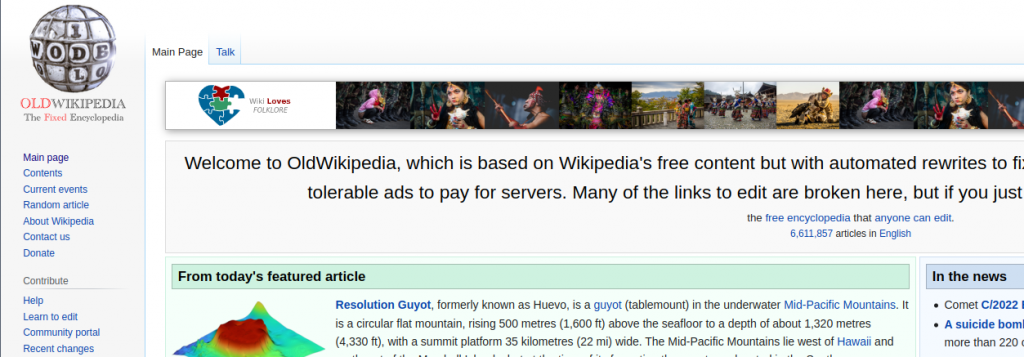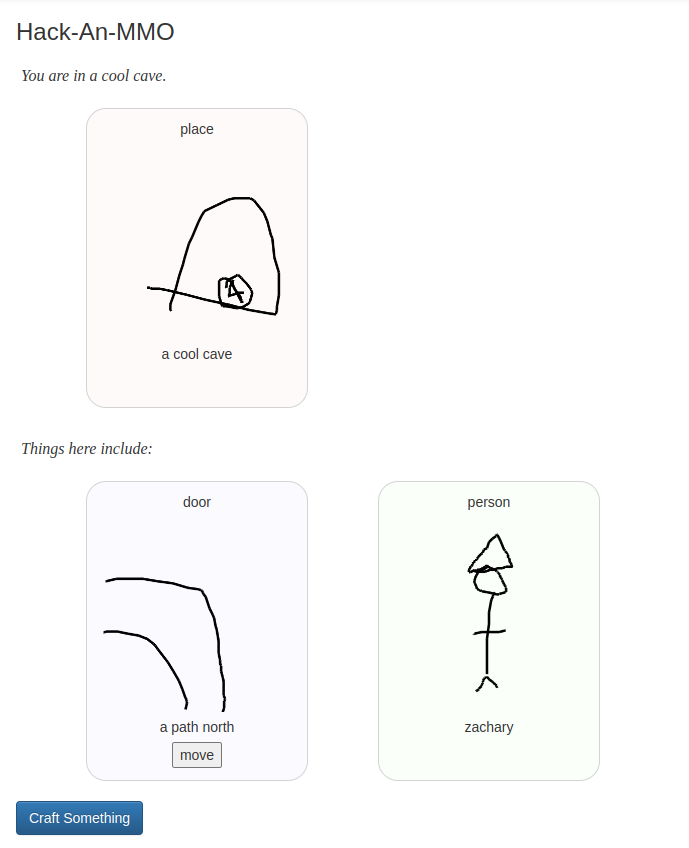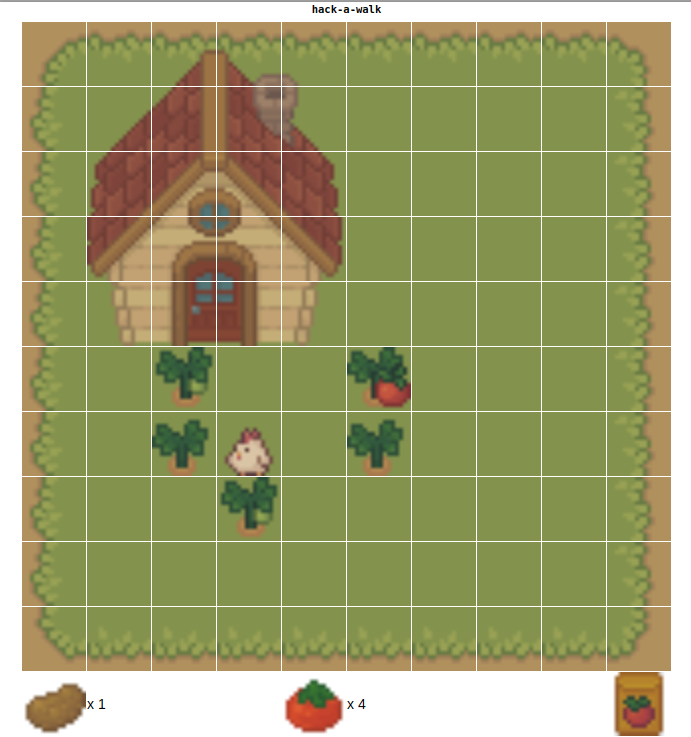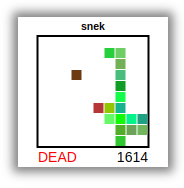Prefer the old layout of Wikipedia? A couple friends and I made oldwikipedia.org

Hope you enjoy.
I did a survey of the cost of buying hard drives (of all sorts), microsd/sd, USB sticks, CDs, DVDs, Blu-rays, and tape media (for tape drives).
I excluded used/refurbished options. Multi-packs (5 USB sticks) were excluded, except for optical media like CD-ROMs. Seagate drives were excluded because Seagate has a poor reputation.
Here are the 2023-01 results: https://za3k.com/archive/storage-2023-01.sc.txt
2022-07: https://za3k.com/archive/storage-2022-07.sc.txt
2020-01: https://za3k.com/archive/storage-2020-01.sc.txt
2019-07: https://za3k.com/archive/storage-2019-07.sc.txt
2018-10: https://za3k.com/archive/storage-2018-10.sc.txt
2018-06: https://za3k.com/archive/storage-2017-06.sc.txt
2018-01: https://za3k.com/archive/storage-2017-01.sc.txt
Per TB, the options are (from cheapest to most expensive):
2.5″ portable spinning hard drives, at $22.00/TB. Currently the best option is 5TB drives.
SSD drives, at $42-$46/TB. Best option is 1TB.
Changes since the last survey (4 months ago):
This year they were stored in a box on my shelf.
Will report back in 1 more year when I test the fourth 🙂
It’s no longer november, but I’m still doing a project a day. It’s an all-month hack-a-thon!
Today’s project is Hack-An-Uptime (demo, source). It’s a simple experiment where you press a button every day.

This was a very simple project. I’m curious what will happen with it.
It’s no longer november, but I’m still doing a project a day. It’s an all-month hack-a-thon!
Yesterday’s project was Hack-A-TV-Guide (demo, source). It’s a TV Guide generated from Wikipedia. I got the idea from having written isrickandmortyout.com. Why not do the same thing, but for every show?

I’m going to call this one a flop. There’s a good version of this project, but I ran out of time. Basically all it does is display info about a show, which is not very useful.
I’m continuing Hack-A-Day, I think. Today’s project is Hack-A-Bug (demo, source). It’s a bug reporter I can add with one line to any of my projects.

It’s november, and I’ve decided this month that I’m going to do 30 projects in 30 days. It’s an all-month hack-a-thon!
This is November 30th, so this will be the last project.
Today’s project is Hack-An-MMO (demo, source). It’s a small collaborative art RPG. You can draw people, places, and things to populate the tiny world. Have fun!

It’s november, and I’ve decided this month that I’m going to do 30 projects in 30 days. It’s an all-month hack-a-thon!
Today’s project is Hack-An-Adventure (demo, source). It’s a coloring book. It’s designed to be relaxing.

It’s november, and I’ve decided this month that I’m going to do 30 projects in 30 days. It’s an all-month hack-a-thon!
Today’s project is Hack-A-Farm (demo, source). It’s a simple tile-based RPG. You can walk around as a chicken, admire your house, and plant and harvest two types of crops.

My main goal with this project was to work with spritesheets or animation before, which I had never done. Showing off the individual tiles is deliberate. Also, the game should respond well to smaller and larger screens, I hope.
I had a good time with this one, and I’m happy with how much I got done in a day. I originally planned to do more fluid walking (it was called Hack-A-Walk), but it was more fun to add crops instead.
I re-used some of the logic from Hack-A-Minigame and Hack-A-Snake. I’ve been finding d3 to be mildly useful, if a little annoying.
It’s november, and I’ve decided this month that I’m going to do 30 projects in 30 days. It’s an all-month hack-a-thon!
Today’s project is Hack-A-Snake (demo, source). Yesterday I wrote a game where an AI plays snake. Today I thought, hey, I should release that with keyboard controls so people can just play Snake.
